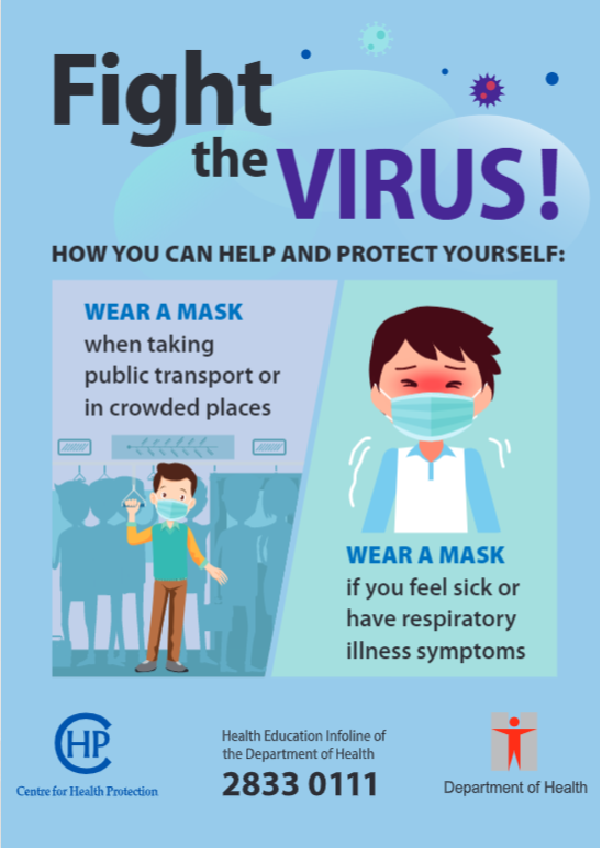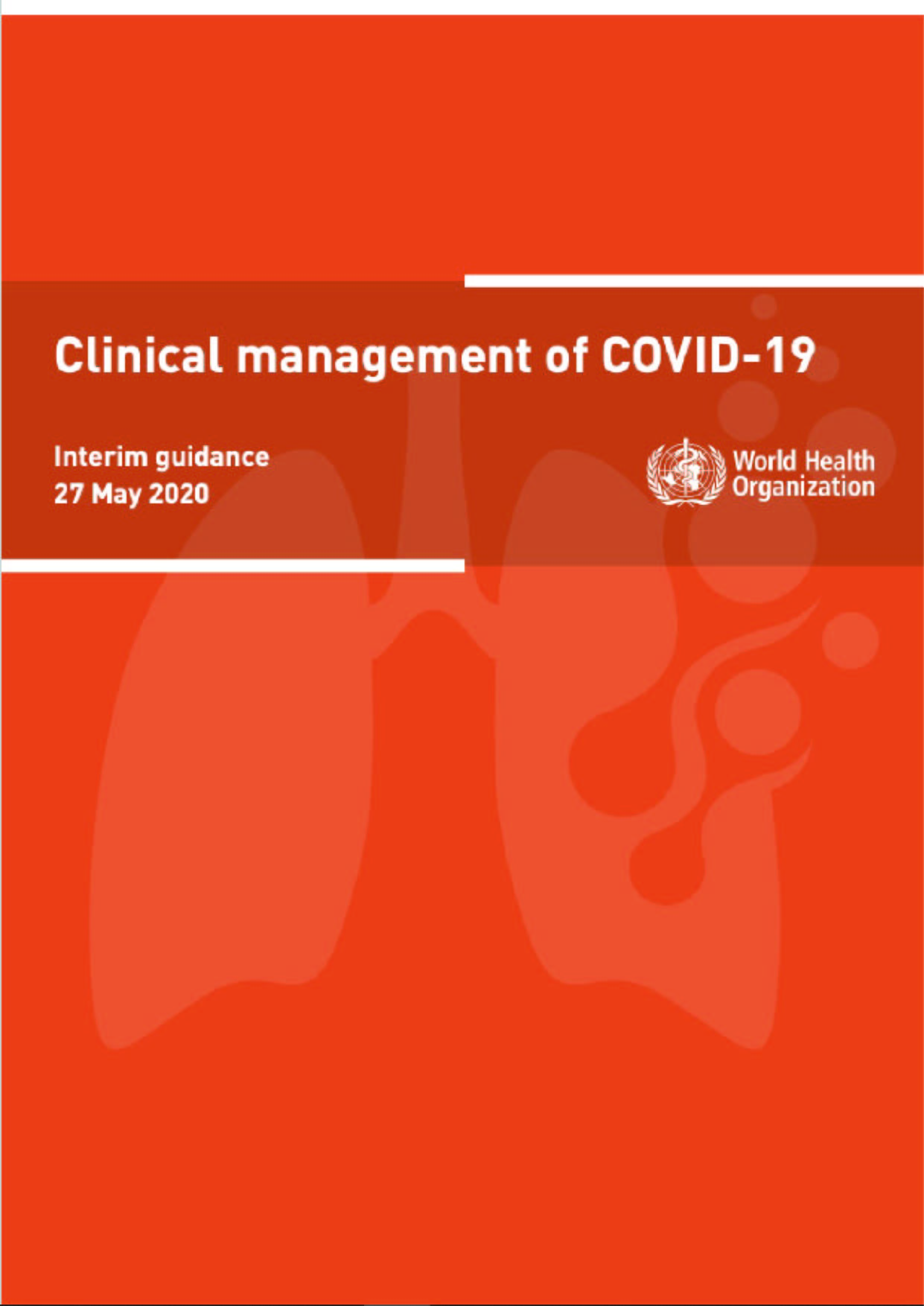The most widely used of the broader definitions of health if from the World Health Organization (WHO), which defines health “a state of complete physical, mental, and social well-being, and not merely the absence of disease or infirmity”. This classic definition is important, as it identifies the vital components of health. Well-being includes the presence of positive emotions and moods, the absence of negative emotions, satisfaction with life, fulfillment and positive functioning. In simple terms, well-being can be described as judging life positively and feeling good. Well-being is associated with numerous health, job, family, and economically related benefits. For example, higher levels of well-being are associated with decreased risk of disease, illness, and injury; better immune functioning; speedier recovery; and increased longevity. Individuals with high levels of well-being are more productive at work and are more likely to contribute to their communities. Many practitioners have expanded their focus to include wellness at the positive end of the health continuum. Wellness is being in good physical and mental health. Because mental health and physical health are linked, problems in one area can impact the other. At the same time, improving your physical health can also benefit your mental health, and vice versa. It is important to make healthy choices for both your physical and mental well-being. Remember that wellness is not just the absence of illness or stress. One can still strive for wellness even while experiencing these challenges in life. To more fully understand the meaning of health, it is important to understand each of its individual components of wellness.
The Six Dimensions of Wellness
Think of each dimension as a continuum that can include more healthful or less healthful behaviors. Goals can be set to move each individual marker towards better balance rather then expecting perfection in all areas.
Physical
Body functioning; recognizing the need for physical activity, healthy foods, and adequate sleep. Avoiding unhealthy habits.
Social
Developing a sense of connection, belonging, and sustained support system. Having positive relationships
Intellectual
Recognizing creative abilities and finding ways to expand knowledge and skills. Being open-minded.
Determinants of Health
The range of personal, social, economic, and environmental factors that influence health status are known as determinants of health. What makes some people healthy and others unhealthy? We may know what actions promote health but for various reasons may not have access to the tools necessary to make long term, positive changes. How can we create a society in which everyone has a chance to live a long, healthy life?
Policymaking
Policies at the local, state, and federal level affect individual and population health. Increasing taxes on tobacco sales, for example, can improve population health by reducing the number of people using tobacco products. Some policies affect entire populations over extended periods of time while simultaneously helping to change individual behavior. For example, the 1966 Highway Safety Act and the National Traffic and Motor Vehicle Safety Act authorized the Federal Government to set and regulate standards for motor vehicles and highways. This led to an increase in safety standards for cars, including seat belts, which in turn reduced rates of injuries and deaths from motor vehicle accidents. Does all policy contribute positively to health for all? We will be exploring this question more in future chapters.











